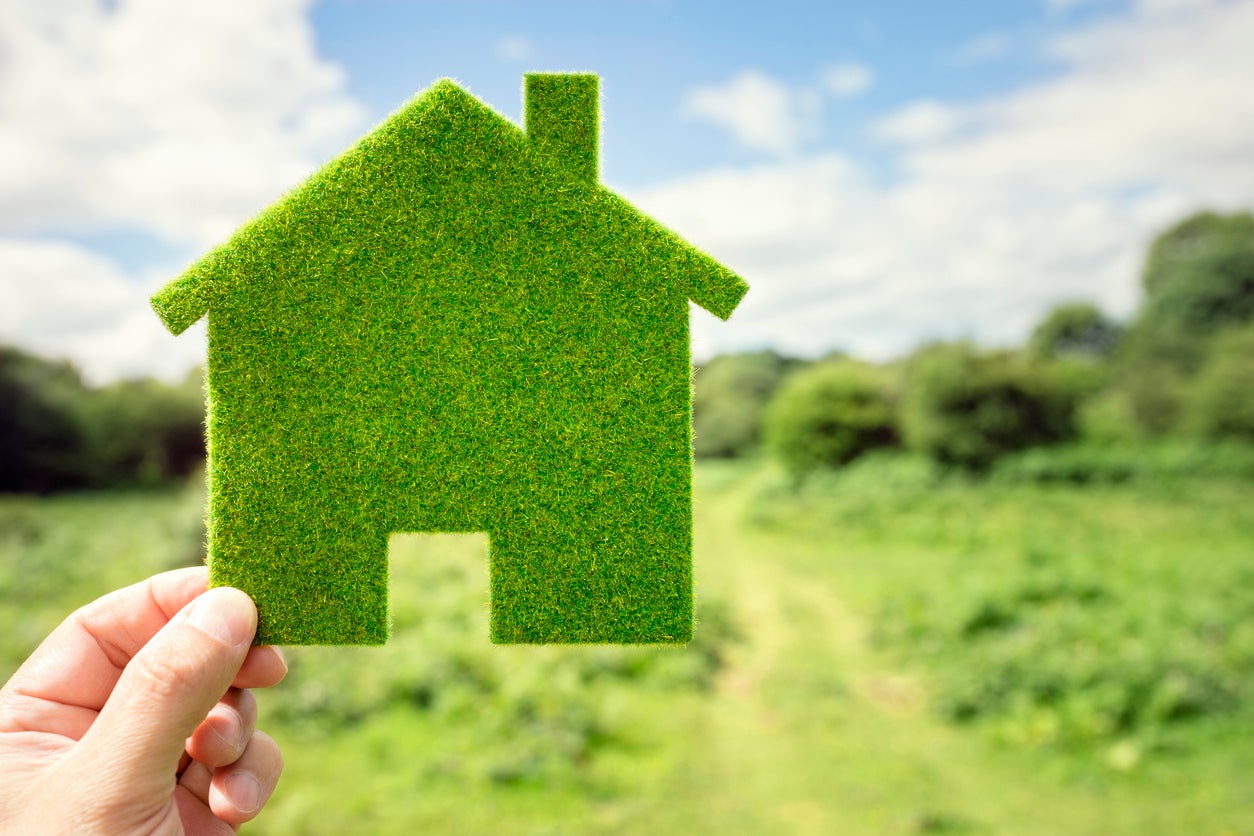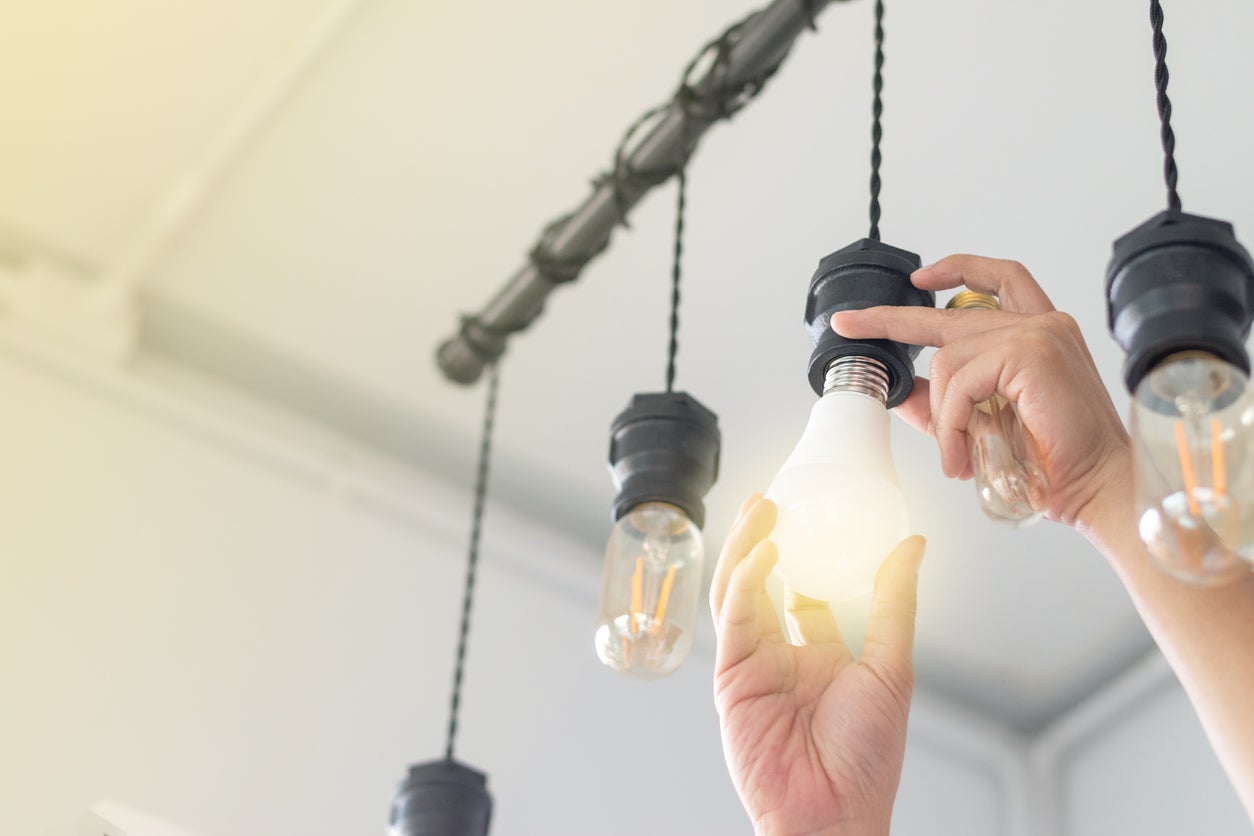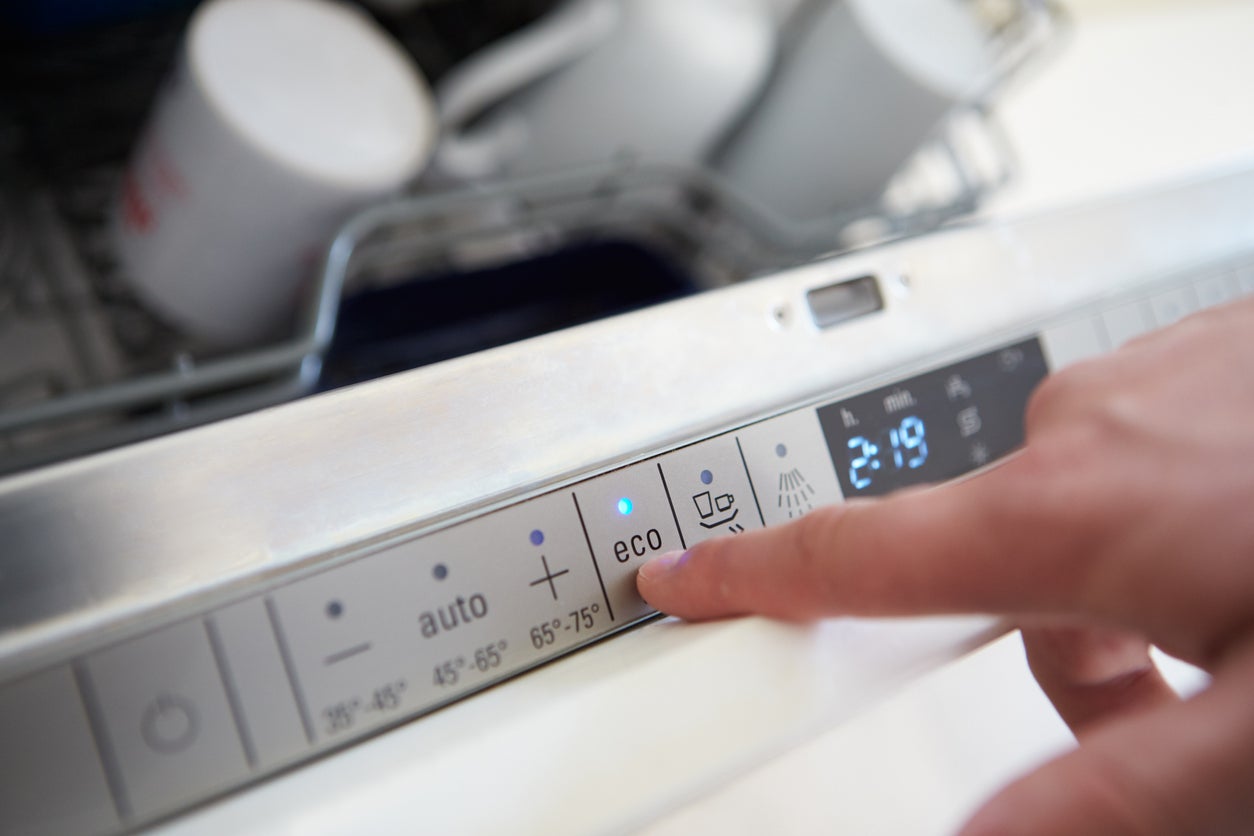In the home, energy efficiency is simply using less power to do the same tasks you usually do. It can be achieved on any budget and can mean anything from using energy-saving appliances to being mindful of standby power.
Let’s take a closer look at why we need energy efficiency and how you can achieve it in your own home.
Why we need to be more energy efficient
Put simply, the need for energy efficiency boils down to two things: saving the environment and saving money.
-
Environmental benefits: Most of the country’s greenhouse gas emissions are generated by burning fossil fuels such as coal, gas liquids, natural gas, and petroleum for energy use. With the undeniable link between these pollutants and climate change, reducing emissions has become more important than ever. Energy efficiency aims to tackle this issue on the demand side. With sustainable power use in the home, the need for fossil fuel-generated power is reduced, which is great news for the environment.
-
Financial savings: If sustainability isn’t enough of a motivation, there’s always the possibility of saving money. Power bills only ever seem to go in one direction — and for most Americans — that’s up. It’s safe to say we’d all like to pay less for energy, but since we’re not in charge of setting the prices, we’re left with the option of reducing the amount of power we use. Energy-efficient homes will see annual savings of between $105 and $627 on average for little to no added effort.
With these reasons in mind, we’ve listed some straightforward ways to make your household more energy efficient.
Understanding your energy usage

The first step in reducing your energy usage and powering your home more efficiently is understanding which elements of your home use the most power.
ENERGY STAR suggests that heating and cooling are the top power drains in your home, accounting for a combined 42% of your energy bill. Next up is electronics such as TVs, laptops, and home office equipment, contributing up to 21%. Water heating, appliances, and lighting all make up 12-13% of your bill apiece.
Money aside, these figures point the finger at the most power-consuming parts of your home, and can also indicate where you‘d reduce your usage for reasons pertaining to sustainability.
Heating and cooling: How to be more energy efficient
The best way to make your home more energy efficient is to manage your heating and cooling. As mentioned, it’s the top power guzzler in your home, accounting for almost half of your power bill. You could save up to 10% on heating and cooling costs just by adjusting your thermostat by around 7-10°F for eight hours a day.
-
Reducing your cooling cost
In the summer months, the ideal cooling temperature is around 78°F for warmer climates. Set your air conditioner or thermostat to this temperature when you’re at home. If you have a thermostat, get in the habit of bumping it up a few degrees at night or when you leave home, especially if it’s a particularly hot day. This is important because your cooling and heating devices work harder when the weather is more extreme. So, if it’s more than 90°F outside, your air conditioner will need to generate more power in order to bring your room temperature down.
-
Bring down your heating bills
The same goes for the cooler months. The ideal thermostat or air conditioner reading in the winter months is around 68°F, but this of course depends on your climate. Once again, when going to bed or leaving the house, don’t forget to adjust your thermostat by turning it down a bit more.
If you have a programmable or smart thermostat, simply set the temperature to these recommended settings in line with when you’re home, out, and going to sleep.
Energy-efficient air conditioners and heaters

If you’ve got an old or inefficient air conditioner or heating system, you may be wondering if it’s time for an upgrade. But with so many types of energy-efficient air conditioners and heaters around, it can be confusing to pick out the best one for your home.
If your unit is more than 10 years old, you may first think about calling someone in for maintenance. Before it gets to that, consider a home warranty which covers most diagnosis and replacement or repair costs on air conditioners. If replacement is necessary, households with American Home Shield Warranty are compensated for a new system, with payments varying based on the circumstances and plan.
If it comes down to buying a new unit, opting for an energy-efficient air conditioner or heater will save you money in the long run. An easy way to identify efficient products is by looking for the blue ENERGY STAR logo. The ENERGY STAR is granted to products that pass a certain standard of energy efficiency. Each appliance is independently reviewed to make sure it can deliver the efficiency, performance, and savings customers may expect.
By buying an ENERGY STAR-qualifying air conditioner or heater, you’ll be using less energy to regulate your home’s temperature and cutting down your power bill.







